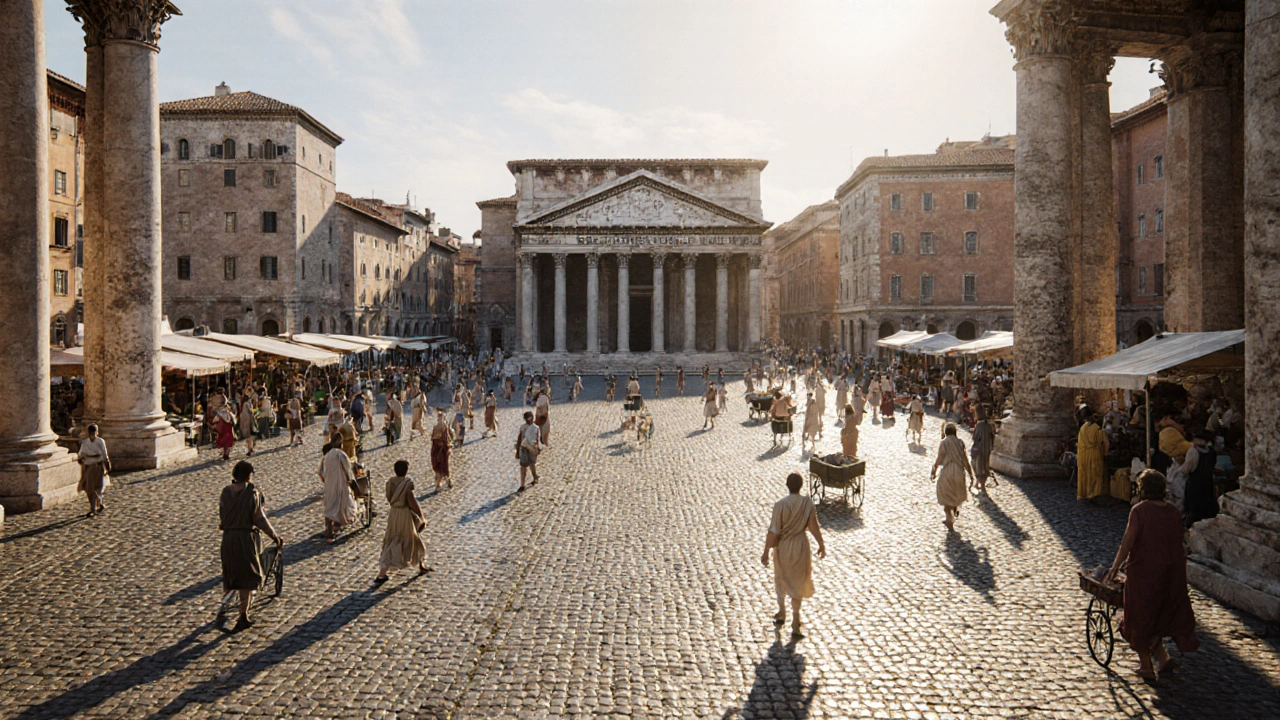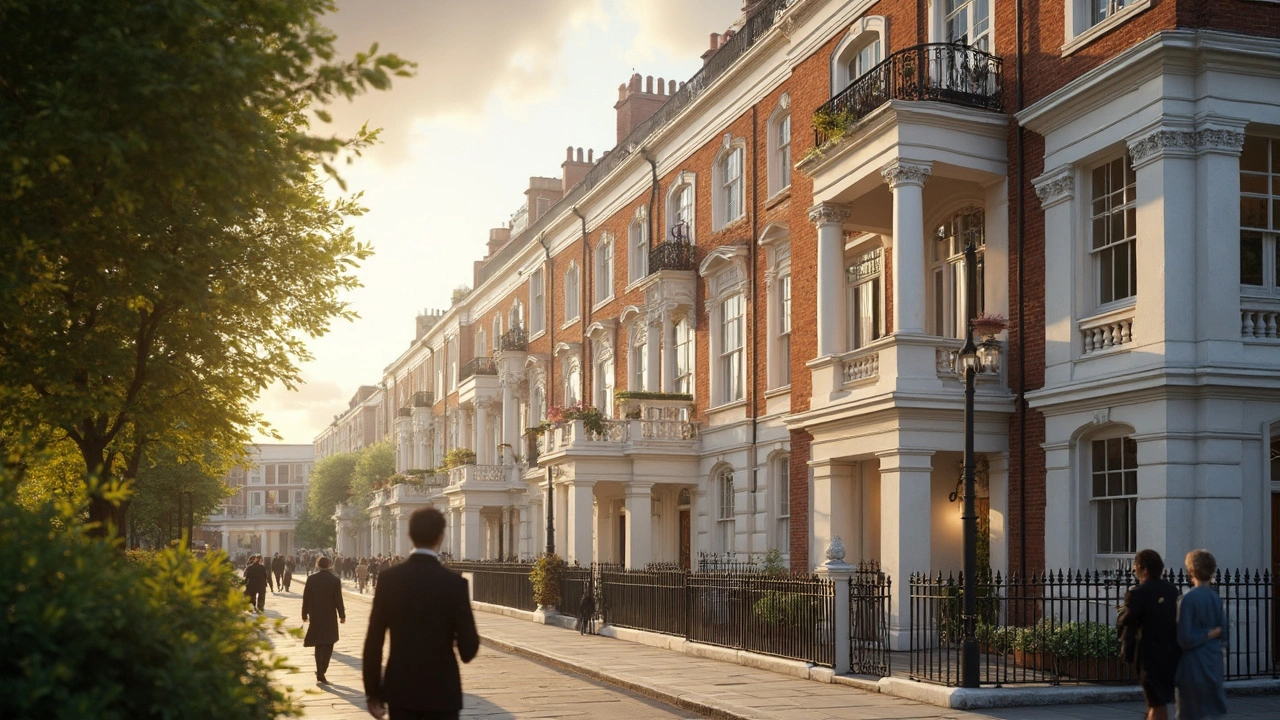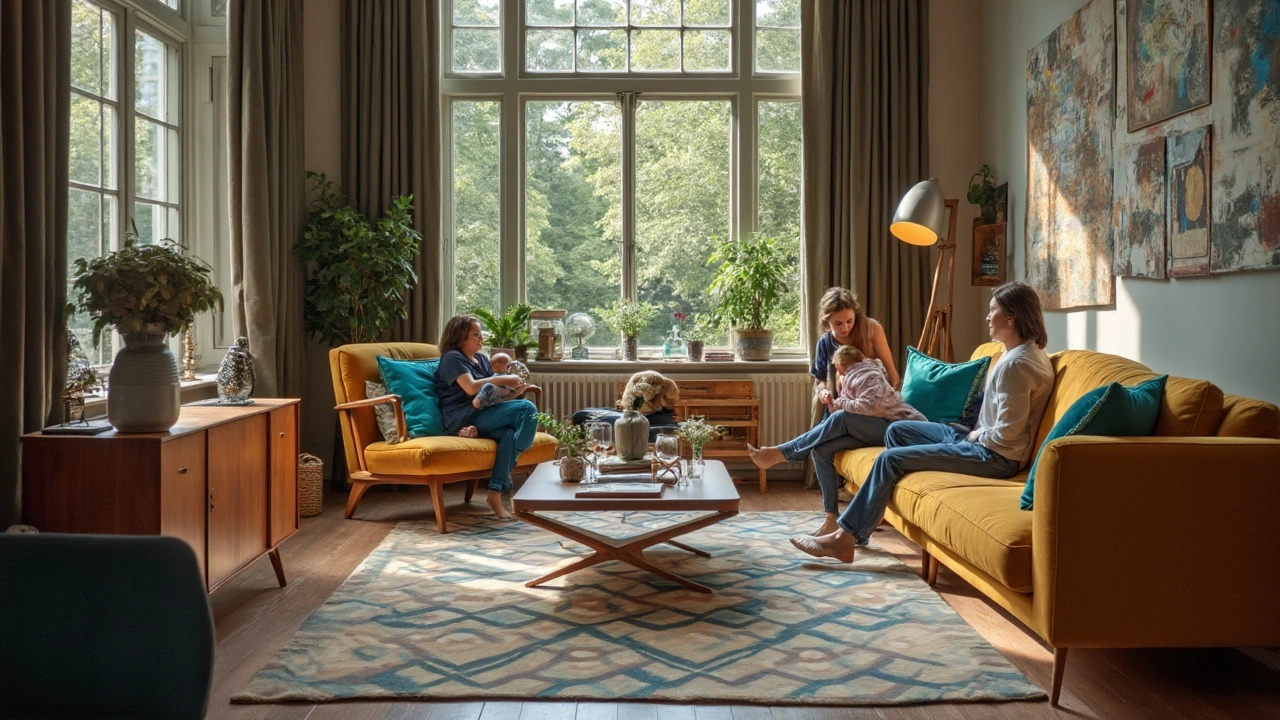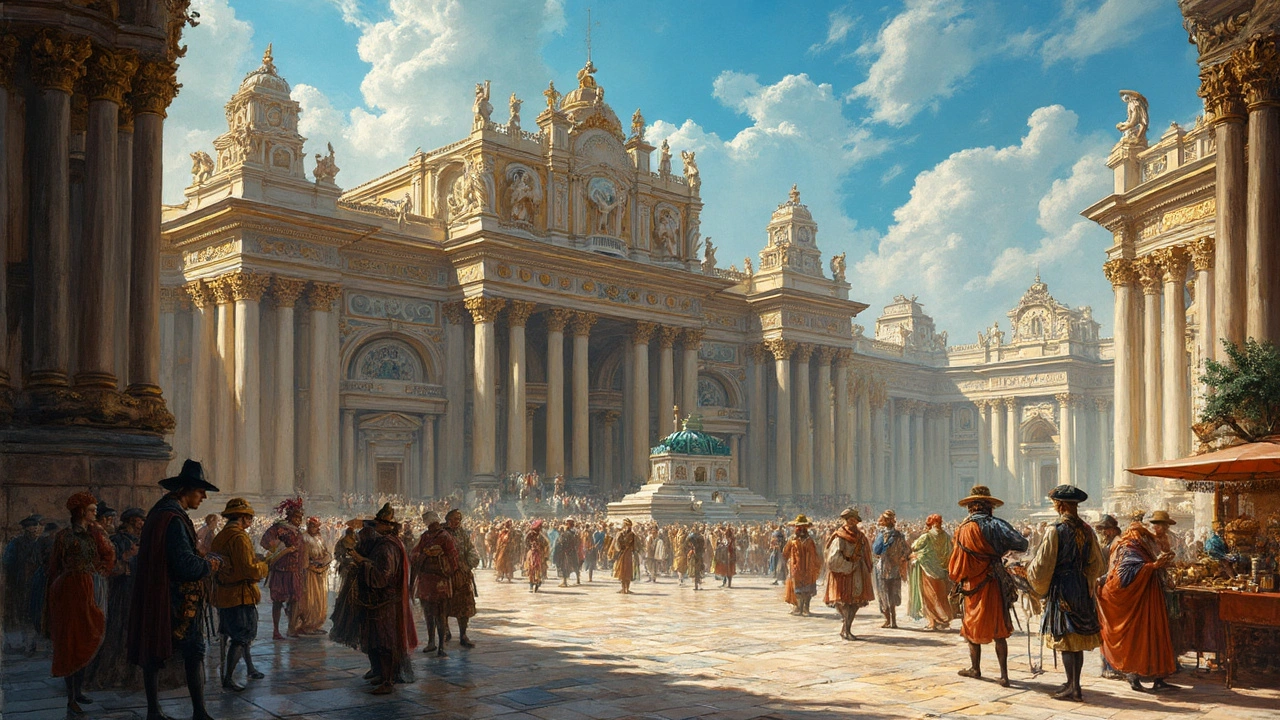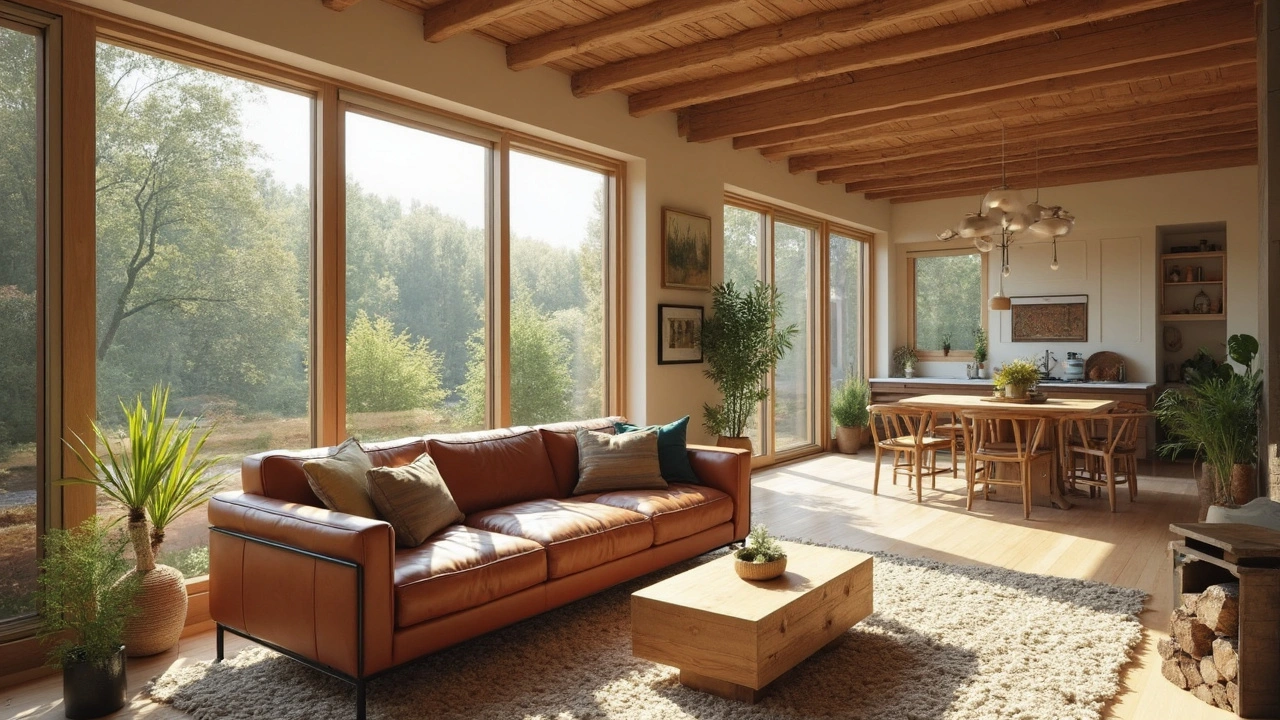Italianate architecture, with its tall windows, bracketed eaves, and low-pitched roofs, remains influential in modern design. Learn how its smart, timeless features continue to shape homes and buildings today.
Author: Naomi Fielding
Explore how ancient Roman architecture's grids, forums, aqueducts, and roads still guide modern urban planning, with practical lessons and real‑world examples.
Explore Renaissance Revival Architecture—the style's roots, standout features, bold stories, and how its grace still inspires modern design today.
Explore the enduring appeal and fascinating stories behind Beaux-Arts architecture, its origins, significance, design tips, and global impact.
Explore why ancient Roman architecture still matters today, uncover its clever innovations and the timeless ways it shapes our world.
Greek Revival architecture is more than just white columns and grand facades—it's a style packed with history and character. This article breaks down what makes these buildings unique, why they're worth saving, and how you can spot authentic features. You'll also get practical advice on maintenance, renovation, and preserving original details. Whether you love old houses or just want to learn more, this guide helps you appreciate a style that still stands tall.
Mid-century modern design is more than just a trend—it's a style that keeps coming back, blending yesterday's simplicity with today's comforts. This article breaks down how mid-century modern pieces fit right into modern homes, why the style feels so fresh, and ways to spot authentic finds. Learn practical tips for bringing this classic look to your own space without going overboard. Discover how to mix nostalgia and functionality for a home that truly stands out.
Baroque architecture isn't just grand and ornate; it tells stories about the cultural shifts of its time. This article dives into how this architectural style influenced the world, from its lush details to its dramatic designs. Readers will explore how Baroque art served as a reflection of power, emotion, and innovation. With practical insights and engaging examples, you'll see why this style left such an indelible mark on history.
Constructivist architecture, famous for its bold geometric forms and utilitarian approach, has significantly shaped modern design trends. Emerging in the Soviet Union during the early 20th century, it emphasized functionality with aesthetic innovation. Its influence can be seen in everything from public buildings to everyday household items. Today, modern designers draw inspiration from these early ideas to push the boundaries of creativity and practicality. Explore how constructivist principles continue to inspire innovative designs in our world.
Discover practical tips for redecorating your ranch-style house, focusing on open spaces, natural lighting, and cohesive design. Embrace simple color palettes to enhance the charm and make the most of your living space. This guide will help you create a home that exudes warmth and style.


